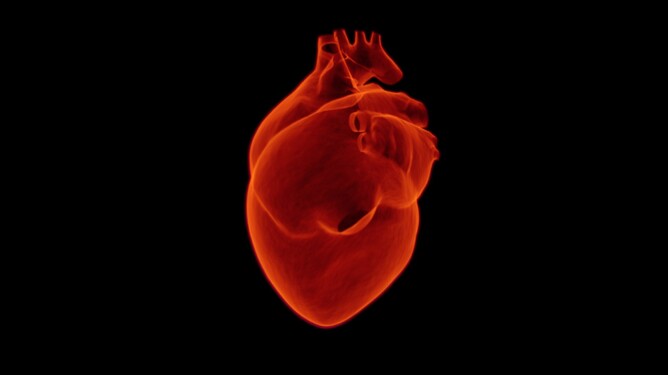As many of our clients are women, when I heard this podcast about a particular type of heart attack that affects healthy women, I thought it was important to share the information. [ Interestingly, when looking for a photo to attach to this article, I couldn't find a freely available photo of a women having heart attack....]
Here is the blurb from the podcast (that I strongly advise you to read) from RNZ:
And here is the link to the podcast: https://www.rnz.co.nz/national/programmes/ninetonoon/audio/2018877022/the-heart-attack-that-affects-healthy-women
It may come as a surprise to learn that the single biggest killer of women in New Zealand is heart disease.
At least two Kiwi women die from a heart attack everyday.
One of the most common causes of heart attack in women is spontaneous coronary artery dissection (SCAD), responsible for 30 percent of incidents.
SCAD is much more commonly seen in women than in men, and the majority of patients are healthy without typical cardiovascular risk factors.
One of the common triggers for SCAD is extreme exercise.
The good news is most patients with SCAD recover completely and don't need coronary stents or bypass surgery.
So what are the signs of heart attack in women, and how do you reduce your risk of SCAD?
Kathryn finds out from Dr Sarah Fairley, an Interventional and Obstetric Cardiologist at Wellington Hospital and is the chair of the New Zealand Cardiovascular Intervention Group.
And, as a reminder - here is the information from the Mayo Clinic about what a heart attack in a women looks like:
Heart attack symptoms for women
The most common heart attack symptom in women is the same as in men — some type of chest pain, pressure or discomfort that lasts more than a few minutes or comes and goes.
But chest pain is not always severe or even the most noticeable symptom, particularly in women. Women often describe heart attack pain as pressure or tightness. And it's possible to have a heart attack without chest pain.
Women are more likely than men to have heart attack symptoms unrelated to chest pain, such as:
Neck, jaw, shoulder, upper back or upper belly (abdomen) discomfort
Shortness of breath
Pain in one or both arms
Nausea or vomiting
Sweating
Lightheadedness or dizziness
Unusual fatigue
Heartburn (indigestion)
These symptoms may be vague and not as noticeable as the crushing chest pain often associated with heart attacks. This might be because women tend to have blockages not only in their main arteries but also in the smaller ones that supply blood to the heart — a condition called small vessel heart disease or coronary microvascular disease.
Compared with men, women tend to have symptoms more often when resting, or even when asleep Emotional stress can play a role in triggering heart attack symptoms in women.
Because women's heart attack symptoms can differ from men's, women might be diagnosed less often with heart disease than are men. Women are more likely than men to have a heart attack with no severe blockage in an artery (nonobstructive coronary artery disease).


